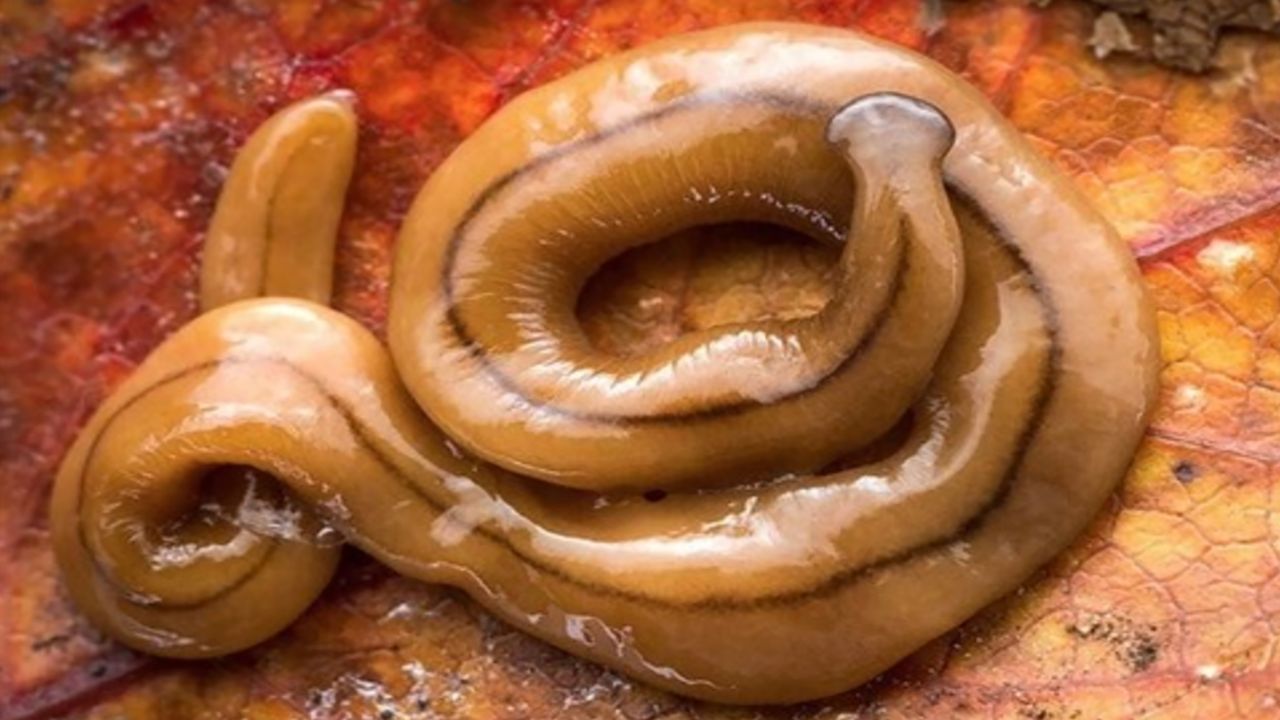An invasive species from Asia is here in the U.S. and this toxic worm isn’t the best for our environment.
Growing up to 12 inches, you can find the hammerhead worm anywhere from your garden to your backyard to forests. They thrive in humid environments and moist soil.
They are carnivores and prey on other worms, including earthworms. Even though earthworm infestations can cause soil erosion and decrease forest productivity, they also do a lot of good.
Earthworms are natural composters, can help clean up soil, and their tunnels can help drain water and make room for plant roots, so we want to keep them a part of our environment.
Hammerhead worms can also be harmful to you and your pet as they do secrete a toxin. The University of Arkansas’ Division of Agriculture states they can cause rashes if handled with bare hands. And if your pets ingest them, they can make them sick.
But hammerhead worms do one good thing. Since they eat other worms, they help keep down the population of Asian jumping worms, which can damage the environment, reproduce quickly and push earthworms out of their habitats.
If you see a hammerhead worm and choose to kill it, do not cut it into pieces, as each piece can grow into a new worm.
Instead, you can put it in soapy water or use salt, a vinegar solution or citrus oil to get rid of it.
And remember to wear gloves when handling these worms because of their toxin.
Our team of meteorologists dives deep into the science of weather and breaks down timely weather data and information. To view more weather and climate stories, check out our weather blogs section.



